The Shape of Water: Midpoint Analysis
The midpoint is the moment when the narrative trades a notion for a wisdom. What kinds of information can an effective midpoint communicate?
In the case of Guillermo Del Toro’s award-winning 2017 film, The Shape of Water, it is a moment for the audience to confront a new perspective.
At the midpoint, the protagonist commits to a new wisdom, and asks of the audience, can you empathize with something much more challenging? How about something that you haven’t yet begun to understand? And, are you willing to try?
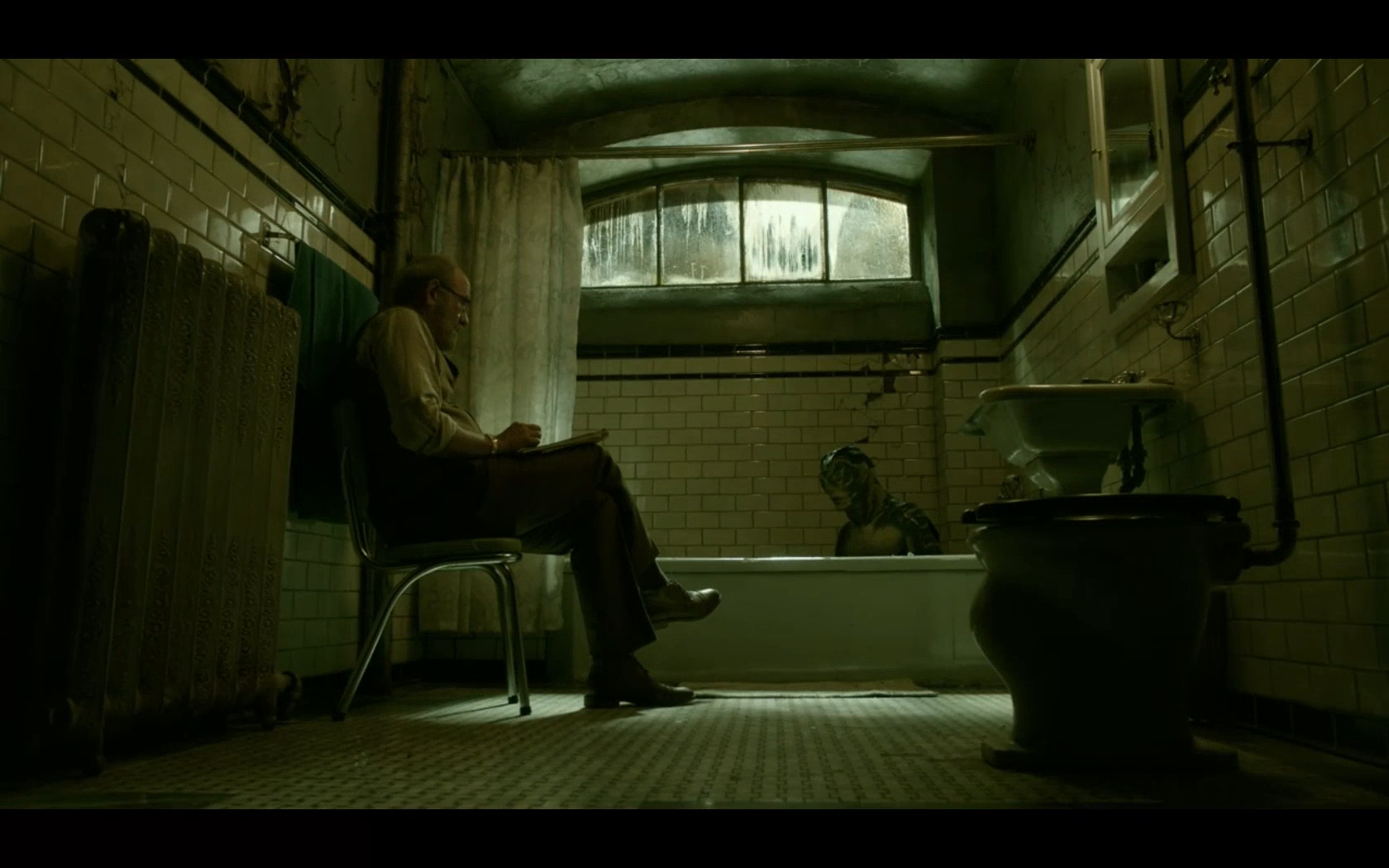
In this essay we analyze The Shape of Water’s midpoint scene, and its impact on the film’s overall narrative and intended wisdom. Spoilers ahead. We recommend that you watch the movie before reading on.
The Premise
The Shape of Water is set during the Cold War in the 1960’s, and tells the story of Elisa Esposito (Sally Hawkins), a mute woman who falls in love with an Amphibian Man (Doug Jones), and enlists the help of her friend and neighbor, Giles (Richard Jenkins), to break him out of a military facility, before Col. Richard Strickland (Michael Shannon) can conduct a vivisection.
The complete list of allies involved in the plot includes: Elisa’s co-worker and confidant, Zelda Fuller (Octavia Spencer), and Dr. Robert Hoffstetler (Michael Stuhlbarg), a Russian spy who is really a scientist at heart, among others. However, for the purposes of this analysis, we will focus only on the characters involved in the film’s midpoint scene: The Amphibian Man (TAM), Elisa, and Giles. More specifically, on how this moment visually represents the transition from notion to wisdom.
The Setting
As in some of his previous works (Pan’s Labyrinth, The Devil’s Backbone), Del Toro uses magical realism to introduce surreal or fantastical elements to an otherwise realistic setting. This isn’t just a stylistic choice imposed by the author for aesthetic purposes. It serves the goal of presenting concepts and ideas that the audience may not yet be prepared to understand. The result of this is that Del Toro is able to deliver context-dependent, multifaceted conclusions that invite viewers to continuously reinterpret the story’s outcome, and its intended wisdom.
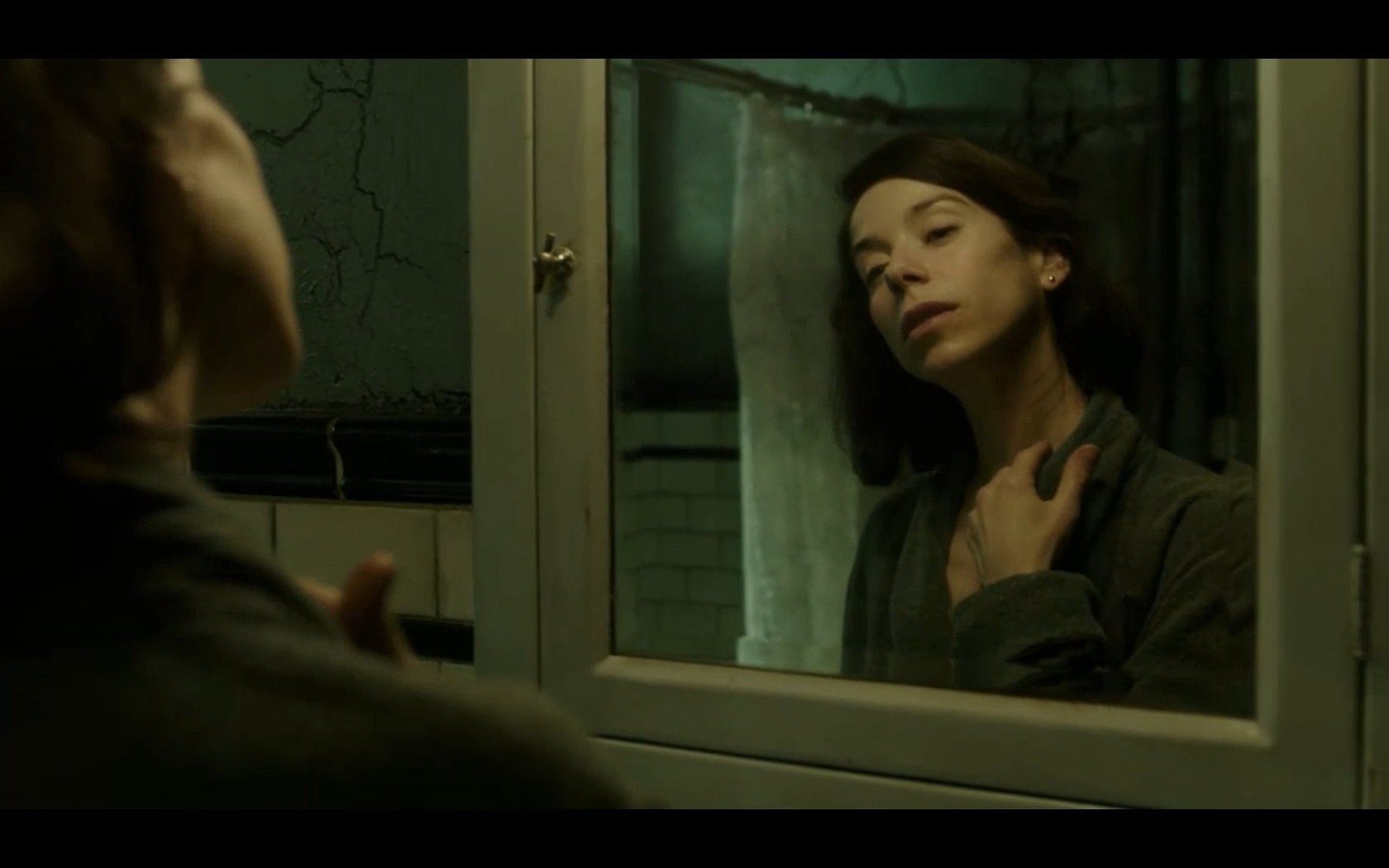
In the Shape of Water, this manifests in the construction of an ambiguous lore that connects Elisa’s muteness with TAM’s species, by implying that she may also be part amphibian. She was an orphan, after all, and the mysterious scars on her neck resemble gills. That would explain why she can’t speak. And, if we accept this, we can believe that, by the story’s end, Elisa really did come back to life after being shot and falling into the river. It was meant to be. This is where she belongs.
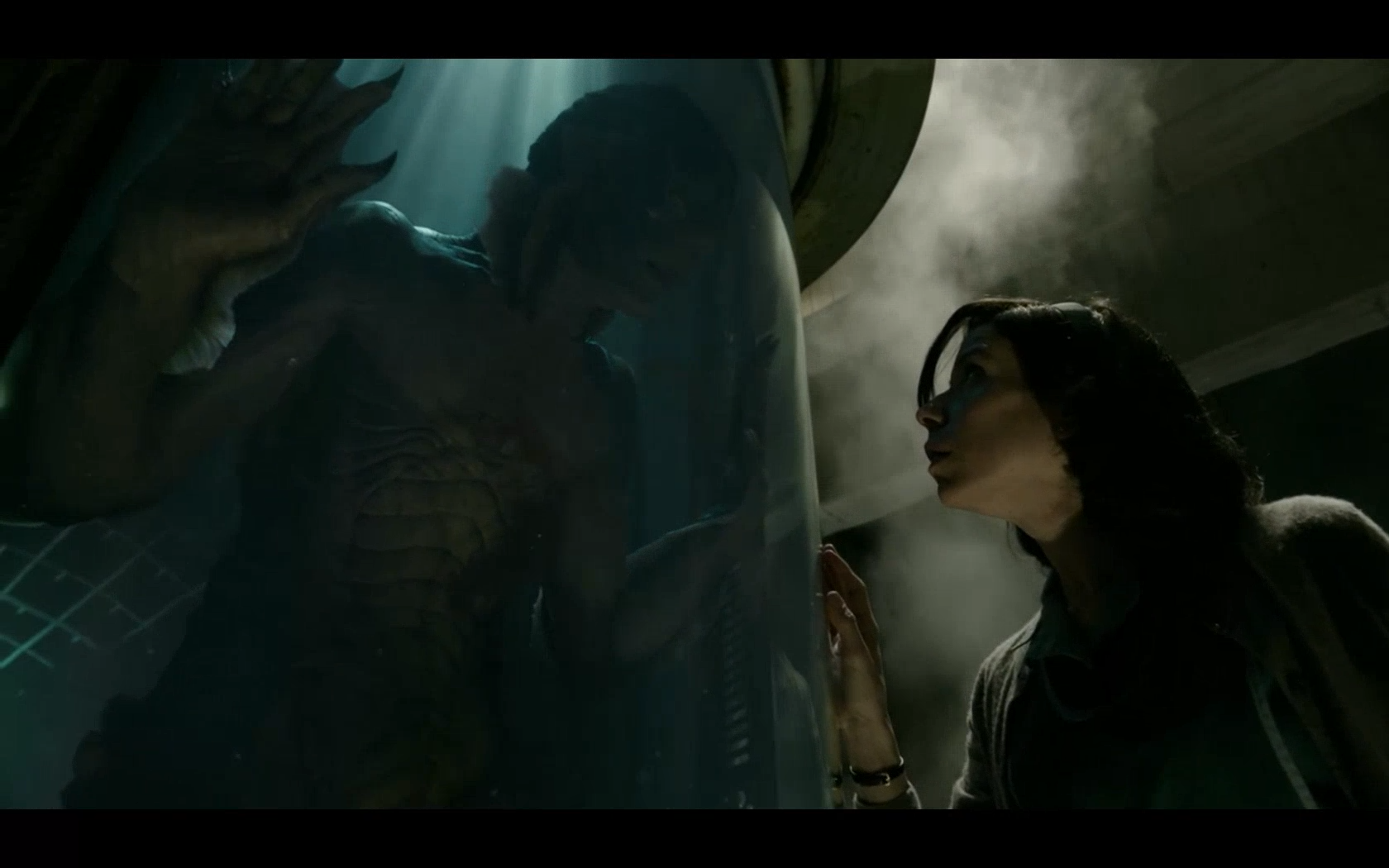
To complicate things further, the story itself is bookended by a narration from Giles that claims truth to these events, and yet he still notes that the story itself is not dissimilar to a children’s fairytale, happy ending and all.
So which is it?
The answer is neither and both. This is ultimately a story about a young woman who was made to suffer for expressing a love that few could understand. It didn’t fit any one shape. It was the shape of water.
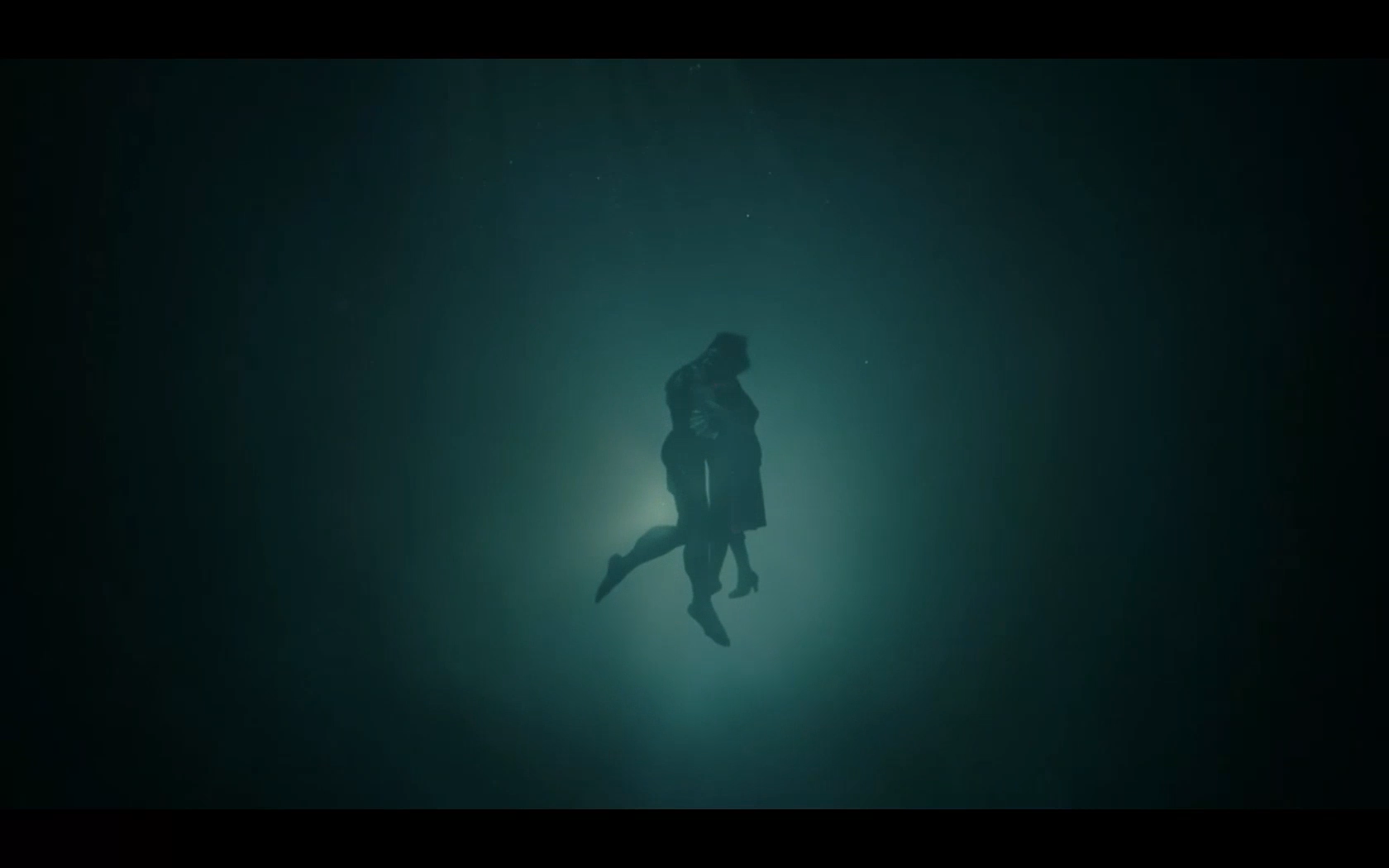
In this way, Del Toro ties the themes of fluidity and ambiguity with the literary virtues of magical realism as a genre of narrative fiction. In the end, to accept something that we can’t fully understand, is precisely the point.
This messaging is telegraphed through the Cold War setting, which contrasts heavily with the film’s release year, and positions Giles as the audience surrogate. Put another way, it’s easy for a 2017 audience to empathize with a homosexual man helping a woman pitted against the caricature of an archetypical 1960’s patriarch. But, this would have likely not been the case were the film released during the time of its own setting. Therefore, we must infer that the contrast between the contexts of the characters and the intended audience are intentional.
The Midpoint
So, how does the film illustrate its wisdom?
The sequence below represents the midpoint of the film. It takes place after Elisa and her friends have succeeded in their rescue mission, but before their alibis begin to crumble. In the meantime, their solution to keeping TAM alive is to place him in a bathtub filled with saltwater. They do. And, in a brief moment of respite, Elisa spills the salt.

The shot begins with Giles at the top-right, standing on the floor. TAM lays in the tub (bottom-left), which is full of water. Giles and Elisa trade glances, making a clear diagonal between the heads of all three characters. Elisa is in the middle, sitting on the tub, but with her feet on the ground. She is in both worlds.
The salt itself takes on multiple meanings. True to its literary influences, the narrative presents the symbol of spilt salt as a bad omen. It’s prophetic. The subsequent series of events will end Elisa’s life, literal or figurative, depending on your interpretation of the final events in the story.
The spilt salt also adds to the ambiguous nature of the space occupied by Elisa. TAM’s interspecies ambiguity exists in an ironically unambiguous space, saltwater; something that is easy for us, the audience, to understand. Likewise, Giles, equally ambiguous for the setting, remains on land, with no salt. Elisa, on the other hand, combines the two. This is something that concerns Giles, as he has been conditioned to want to hide his identity. He corrects her shortly after.
Giles means well, though. His correction is but a reflex. They laugh together. Then, in the privacy of this space, he allows himself to let go of his notions, and is now prepared to embrace the story’s wisdom.
The Wisdom
Giles is more than Elisa’s friend. He is our conduit for empathy. After this point in the film, he goes on to witness Elisa’s expression of the film’s wisdom: love above all. She experiences intimacy and affection, something which he laments having been deprived of in his latter years. He grows to appreciate their relationship, despite not understanding it. He even proposes postponing the final part of their plan (to free TAM in the river), in favor of keeping his newly formed surrogate family together.
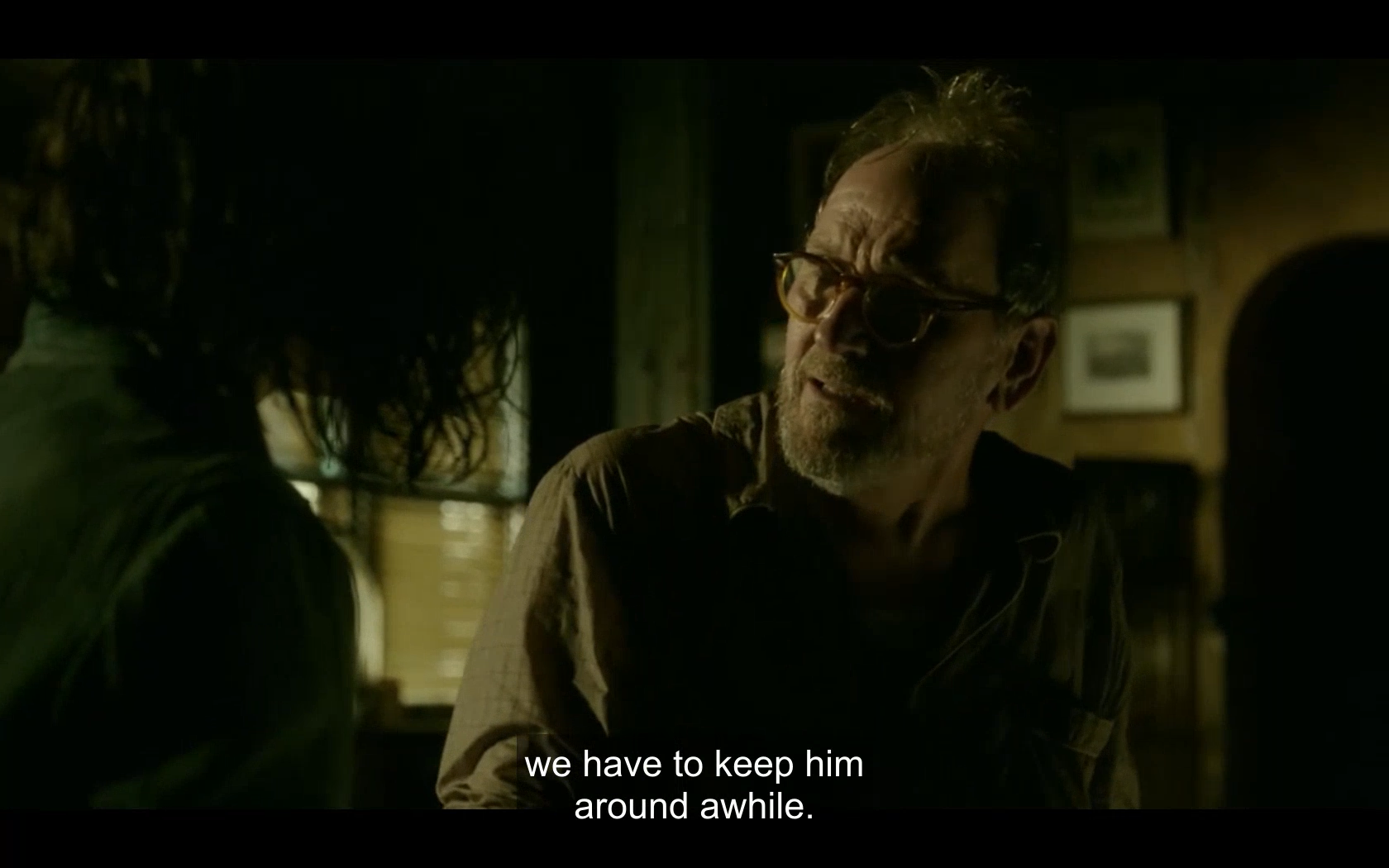
This, of course, is unsustainable. The film must move on to its final act, where structure dictates that the unlucky conclusion must occur. And it does. And when it does, Giles closes the narrative with a punctuative poem written from the perspective of someone who can’t help but see anything but love.
“Unable to perceive the shape of you,
I find you all around me.
Your presence fills my eyes with your love.
It humbles my heart, for you are everywhere.”
A message made all the more powerful when we understand that this is a lesson that Giles had to re-learn from his dear friend and companion, Elisa.
To read out more examples about the ways in which narratives structure their internal logic, check out our write-up on Moana’s midpoint scene.